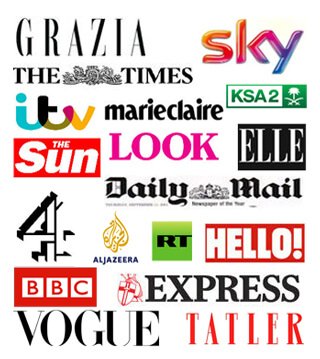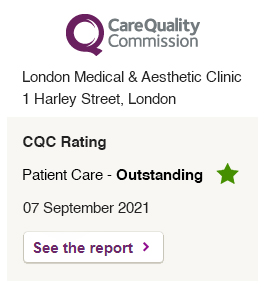Male Vs Female Facial Rejuvenation
Dr Ayham Al-Ayoubi outlines the differences between male and female facial anatomy, and their relevance to aesthetic rejuvenation procedures.
There is a steady increase in the number of male patients looking for non-surgical aesthetic rejuvenation treatments.
The reason for that is an accelerating social acceptability of such procedures as well as evolving desire for men to appear more youthful and, consequently, competitive and successful in the workplace.
The majority of patients in aesthetic practice are still female meaning that practitioners are remaining less familiar with the male aesthetic peculiarity, leading to sub-standard or inappropriate treatments.
Dr Ayham Al-Ayoubi explains that comprehension of sexual dimorphism is crucial to develop the skills required to provide excellent aesthetic rejuvenation treatments to both men and women.
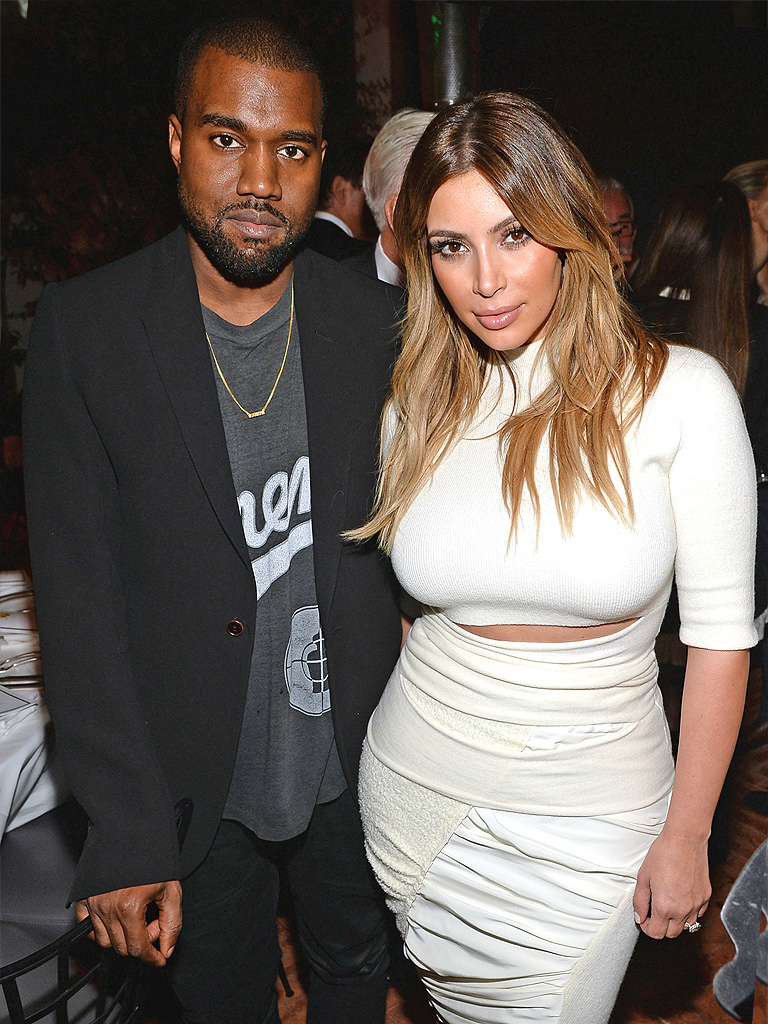
The Forehead
The forehead is one of the most critical areas for rejuvenation where the differences are notable between the sexes.
This skeletal difference outlines three essential sexually-defining features; the prominent glabella and supraorbital bossing, the skeletal structure that influences the overlying soft tissues, and thereby the position of the eyebrows.
The male eyebrow is flat and rests on the supraorbital ridge, whereas the female brow starts medially in the same position, but arches superiorly at an angle of between 10 and 20 degrees with the tail higher to the head.
Dr Ayham Al-Ayoubi reminds that the goal of medical aesthetics is to revive juvenile and, most importantly, natural appearance.
The techniques applied to a female patient, such as forehead revolumisation or brow lifting may result in a feminised and unnatural appearance if used injudiciously on a male patient.
When approaching the male forehead, it is important to elevate a ptotic brow with neuromodulation and fillers if required, but aim to lift no more than the supraorbital ridge.
An extensively bossed forehead is a sign of volume loss and requires correction; nonetheless a small element of bossing should prevail corresponding to a natural contour.
Meanwhile, the female brows are more responsive to lifting techniques, and the forehead should be revolumised, to achieve a smooth and natural looking convexity to the hairline.
The Cheek
The cheek is an extensively covered area in medical literature with particular emphasis on female contour and the female rejuvenation process; yet very little is said of the male cheek.
Overlying soft tissue contours are in charge of the characteristic differences in surface silhouettes between the male and female cheek.
The ideal female cheek is thought to be rounder and fuller while a male cheek is flatter and more angular.
Two studies using MRI showed that the male face has a thinner layer of subcutaneous fat in the cheek, with the uniform distribution of fat.
Female cheek has a thicker fat compartment in the medial area as compared to the lateral area, with a ratio of 1.5 to 1 explaining the rounder and fatter shape of the female cheek.
Dr Ayham Al-Ayoubi notes that anatomic approach to a natural rejuvenation should respect the relative anatomy. Consequently, for a male, the subcutaneous should be filled uniformly, replacing the lost volume and maintaining the flatter and sharp cheek contour.
For a female the volume of product used should range, with larger placement medially to mimic the naturally slightly-thicker fat in the area and produce more feminine and rounded look.
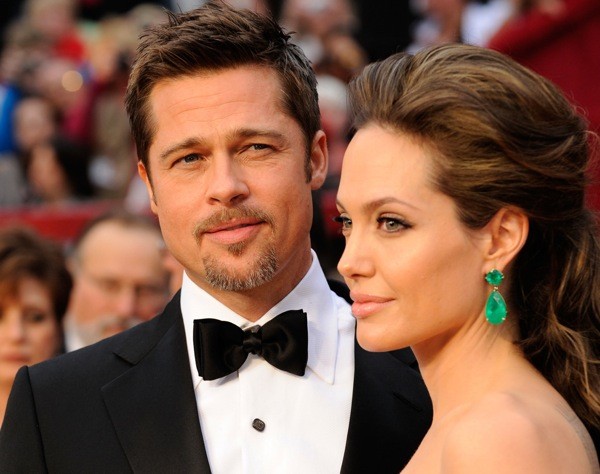
The Jawline and Chin
The consensus of what constitutes an attractive jaw line in both males and females tends to vary with ethnicity, and in today’s multicultural society, the practitioner must not just be aware of the local norms, but also be open to a broad range of expectations from treatment.
The male chin is larger than a female chin, with a more widely-set trigon. The underlying anatomy matches the Hollywood ideal of a male having a wide, sharply-defined jaw, sharply angled and with wide flat chin.
The female counterpart has a narrower, softer chin, gently sloping from auricle to a narrower, more pointed chin.
Both masculinization and feminization techniques to the jawline and chin can be employed using toxins to narrow down the masseter or curve a chin, and fillers to widen a jawline, increase definition, add a sharper angle or flatten and enlarge a chin.
Perioral area
Perioral rejuvenation is a very common request amongst women due to more severe perioral wrinkling, which may require resurfacing treatments in addition to toxins and fillers.
The male skin is thought to be thicker and more seborrheic, with thinner underlying fat and greater vascularity.
In addition to that female orbicular oris attaches 1.5 times closer to the skin, which provides reasonable explanation for the greater tendency to smoker’s lines in females.
It is common to address a female perioral case with toxins, fillers and CO2 pulsed laser.
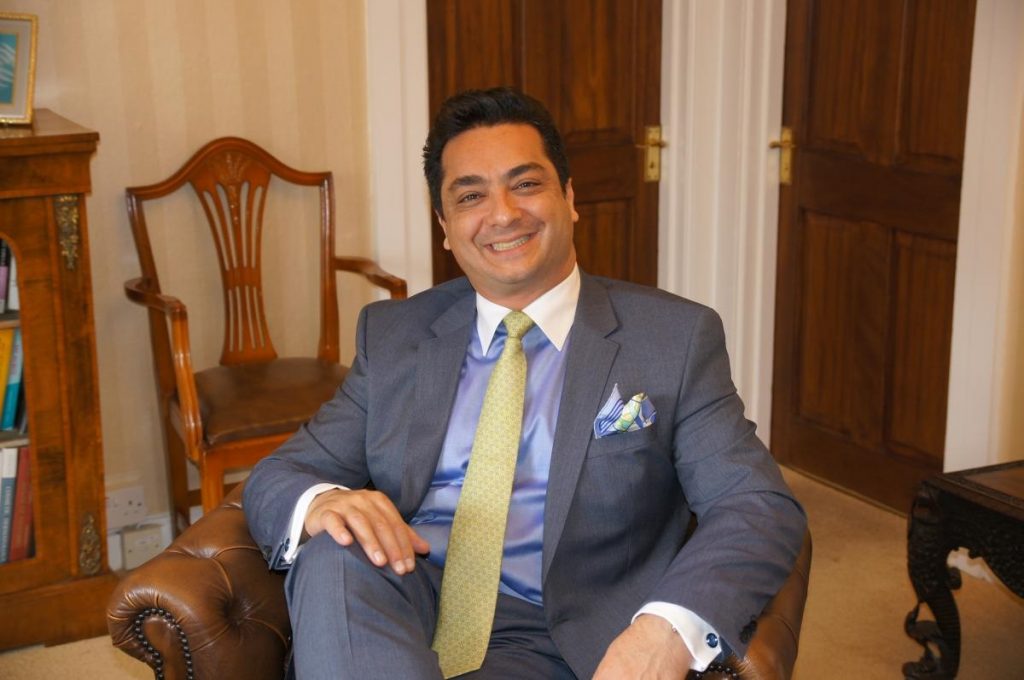
Dr Ayham Al-Ayoubi: A similar approach to the male perioral area may result in a feminisation of the skin and should be performed with caution.
Medical aesthetics is still a relatively new and developing field of medicine. Non-surgical techniques for female face, are not the same as for the typical male patient.
A recognition of the distinct anatomical characteristics, as well as the expectations for treatment, will, assist in providing the best treatment outcomes for male and female cases.



